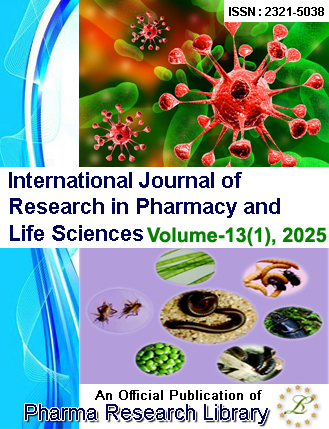Formulation and Evaluation of a Transdermal Drug Delivery System for a Lipid Lowering Drug Fluvastatin sodium
Keywords:
Fluvastatin sodium, Drug-in-adhesive (DIA) patch, Solvent casting method, Acrylate emulsion polymers (Covinax 525-78, Mowinyl 461, Novacryl PSR32), Hyperlipidemia model, Triton WR 1339Abstract
The present study focuses on the development of a fluvastatin sodium-loaded drug-in-adhesive (DIA) patch designed to address the limitations of daily oral drug administration. The patches were fabricated using the solvent casting method, incorporating acrylate emulsion polymers such as Covinax 525-78, Mowinyl 461, and Novacryl PSR32, which served as both sustained-release matrix polymers and adhesives. Methocel K-15M was included as a solubilizer, while permeation enhancers Transcutol, oleic acid, and isopropyl myristate were evaluated for their effectiveness. The Mowinyl–isopropyl myristate combination was further optimized using a 3² factorial design to investigate the impact of two independent variables: the concentration of the solubilizer and the permeation enhancer. The study measured responses including the percentage of drug release, tensile strength, and peel adhesion strength. The optimized patch demonstrated a cumulative drug release of 87.74% after 24 hours, a tensile strength of 12.75 kg/cm², and a peel adhesion strength of 32.44 N/25 mm. The Primary Irritation Index (PII) for the DIA patch was determined to be 0.22, indicating minimal skin irritation. Furthermore, in a Triton WR 1339-induced hyperlipidemic rat model, the transdermal patch significantly reduced serum cholesterol and triglyceride levels compared to oral administration (p < 0.01). These findings suggest that the developed fluvastatin sodium DIA patch is a promising candidate for transdermal drug delivery.
Downloads
Published
Issue
Section
License
Copyright (c) 2025 Author

This work is licensed under a Creative Commons Attribution-NonCommercial 4.0 International License.

